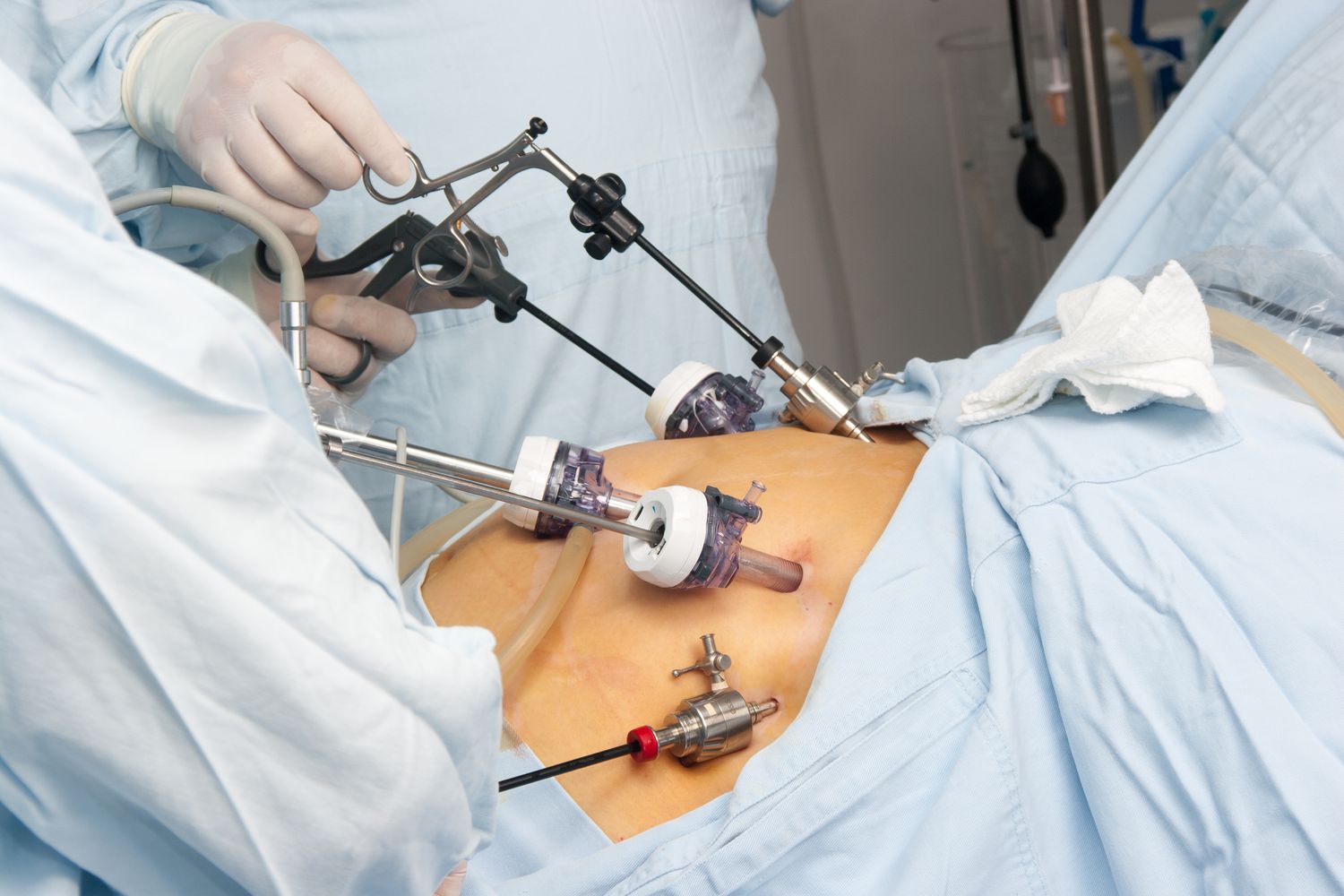Orthopaedic surgery is a rapidly advancing field, with new technologies and techniques being developed all the time. These advancements have made it possible for surgeons to perform more precise, less invasive procedures, which can result in faster recovery times and improved outcomes for patients. Some of the most notable advancements in orthopaedic surgery include:
Minimally Invasive Surgery: Minimally invasive surgery, also known as minimally invasive orthopaedic surgery, is a surgical technique that uses small incisions and specialized instruments to perform the surgery. This technique has revolutionized orthopaedic surgery, as it allows for faster recovery times, less pain, and fewer complications compared to traditional open surgery. Some examples of minimally invasive orthopaedic procedures include arthroscopy, laparoscopy, and endoscopy.
Robotic Surgery: Robotic surgery is a type of minimally invasive surgery that uses a computer-controlled robotic system to perform the surgery. The surgeon controls the robotic arms, which are equipped with tiny instruments, to perform the surgery. Robotic surgery allows for greater precision and accuracy, which can result in better outcomes for the patient. Robotic surgery is widely used in orthopaedic surgery for joint replacements, spinal surgery and for complex deformities.
3D Printing: 3D printing is a technology that allows for the creation of three-dimensional objects by layering materials such as plastics and metals. In orthopaedic surgery, 3D printing is being used to create custom-fit implants, such as joint replacements and spinal fusion cages. This technology can also be used to create patient-specific surgical guides, which can help the surgeon to plan and perform the surgery more accurately.
Stem Cell Therapy: Stem cell therapy is a technique that uses stem cells to repair or regenerate damaged tissue. In orthopaedic surgery, stem cell therapy is being used to treat conditions such as osteoarthritis and cartilage damage. Stem cells can be obtained from the patient’s own body or from a donor, and they can be used to repair or regenerate damaged tissue, which can result in improved outcomes for the patient.
Biomaterials: Biomaterials are synthetic or natural materials that are used in orthopaedic surgery to replace or support damaged or missing tissue. Biomaterials can be used in a wide variety of orthopaedic procedures, including joint replacements, spinal fusion, and bone repair. Biomaterials are designed to mimic the properties of natural bone, which can result in faster recovery times and improved outcomes for the patient.
In conclusion, the advancements in orthopaedic surgery have made it possible for surgeons to perform more precise, less invasive procedures, which can result in faster recovery times and improved outcomes for patients. Minimally invasive surgery, robotic surgery, 3D printing, stem cell therapy, and biomaterials are just a few examples of the many advancements that are being made in the field of orthopaedic surgery. It is important for patients to understand these advancements and to discuss them with their surgeon to determine the best course of treatment for their specific condition. With the advancements in orthopaedic surgery, patients can look forward to a better quality of life and a faster return to their daily activities.




